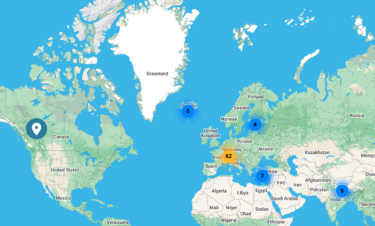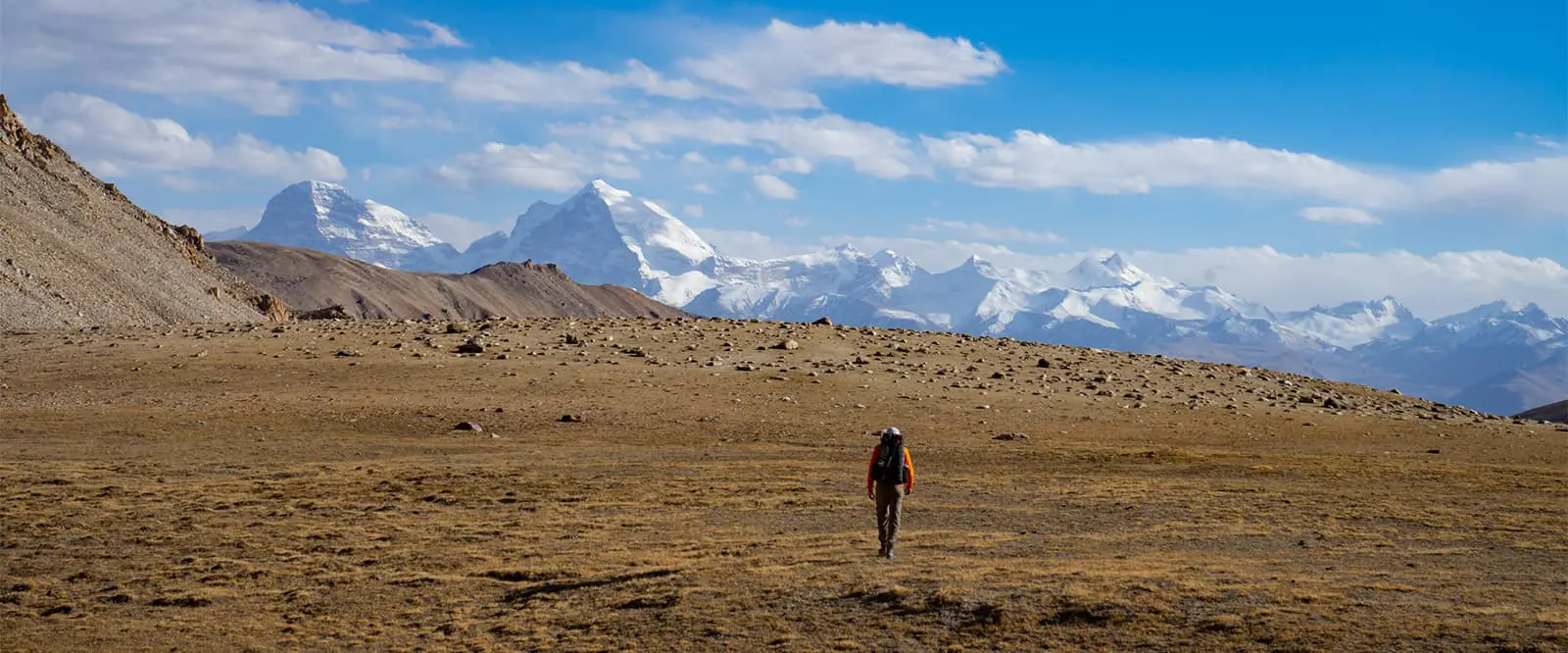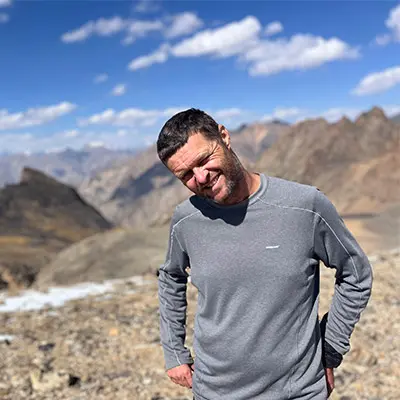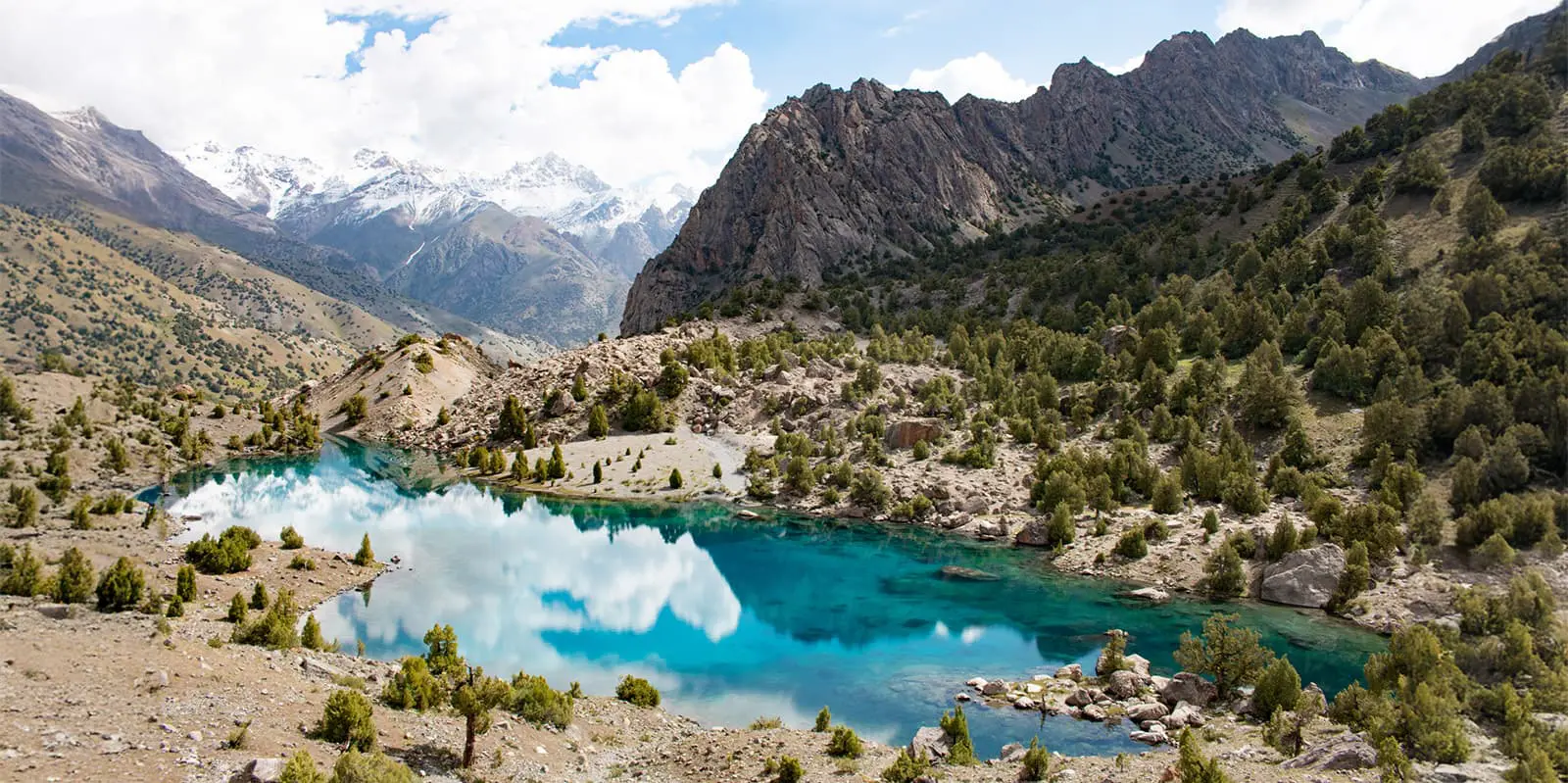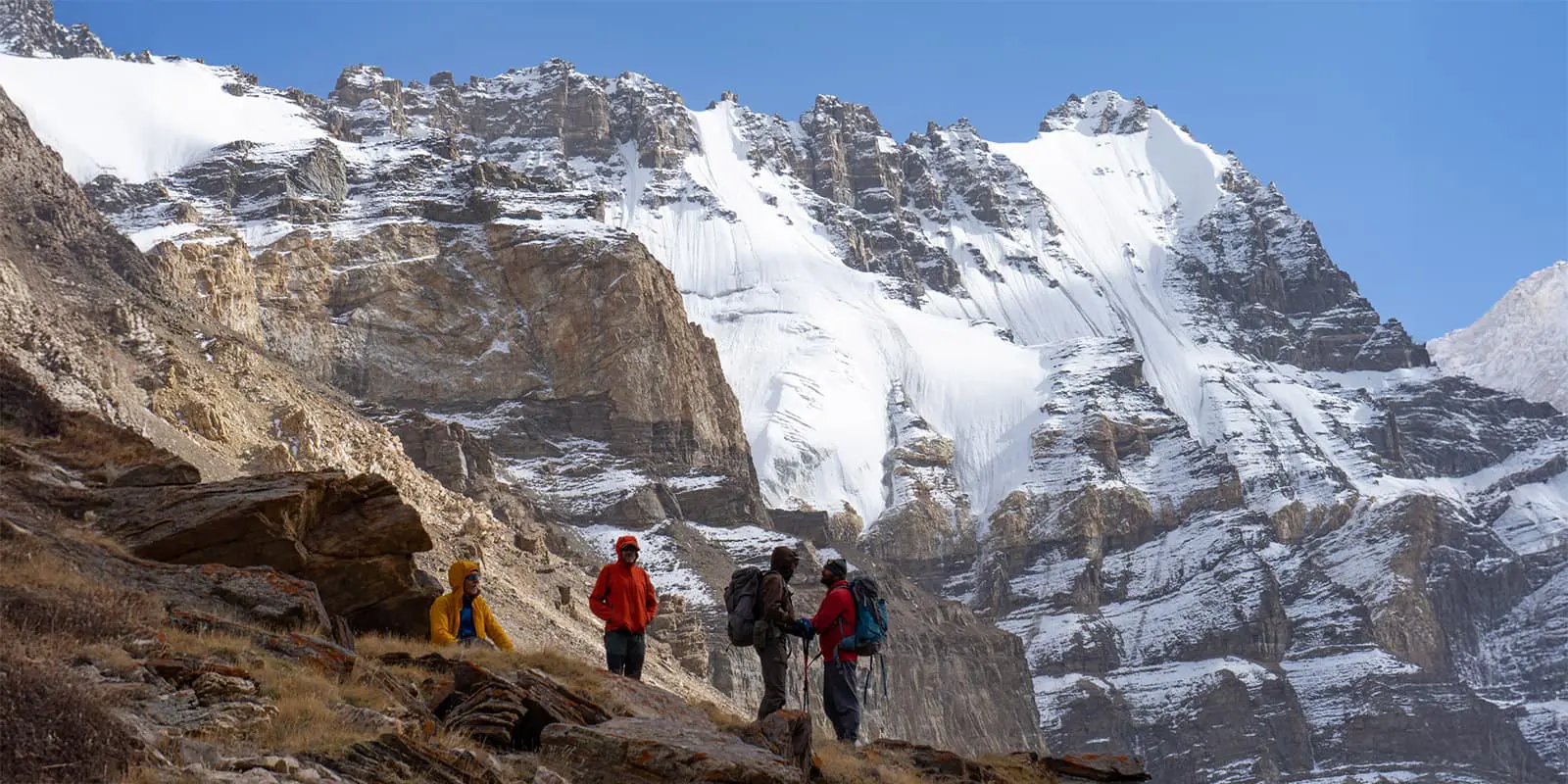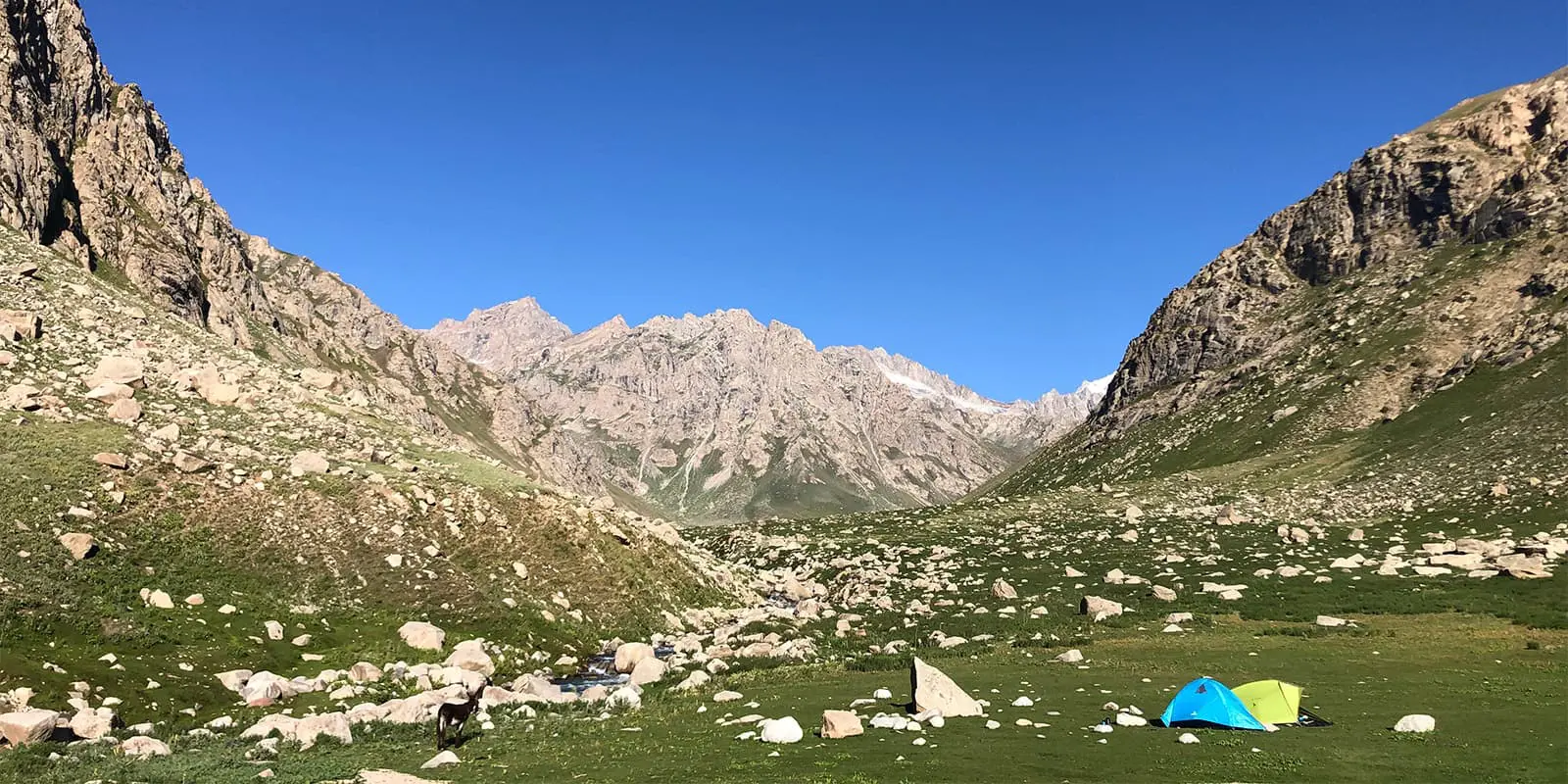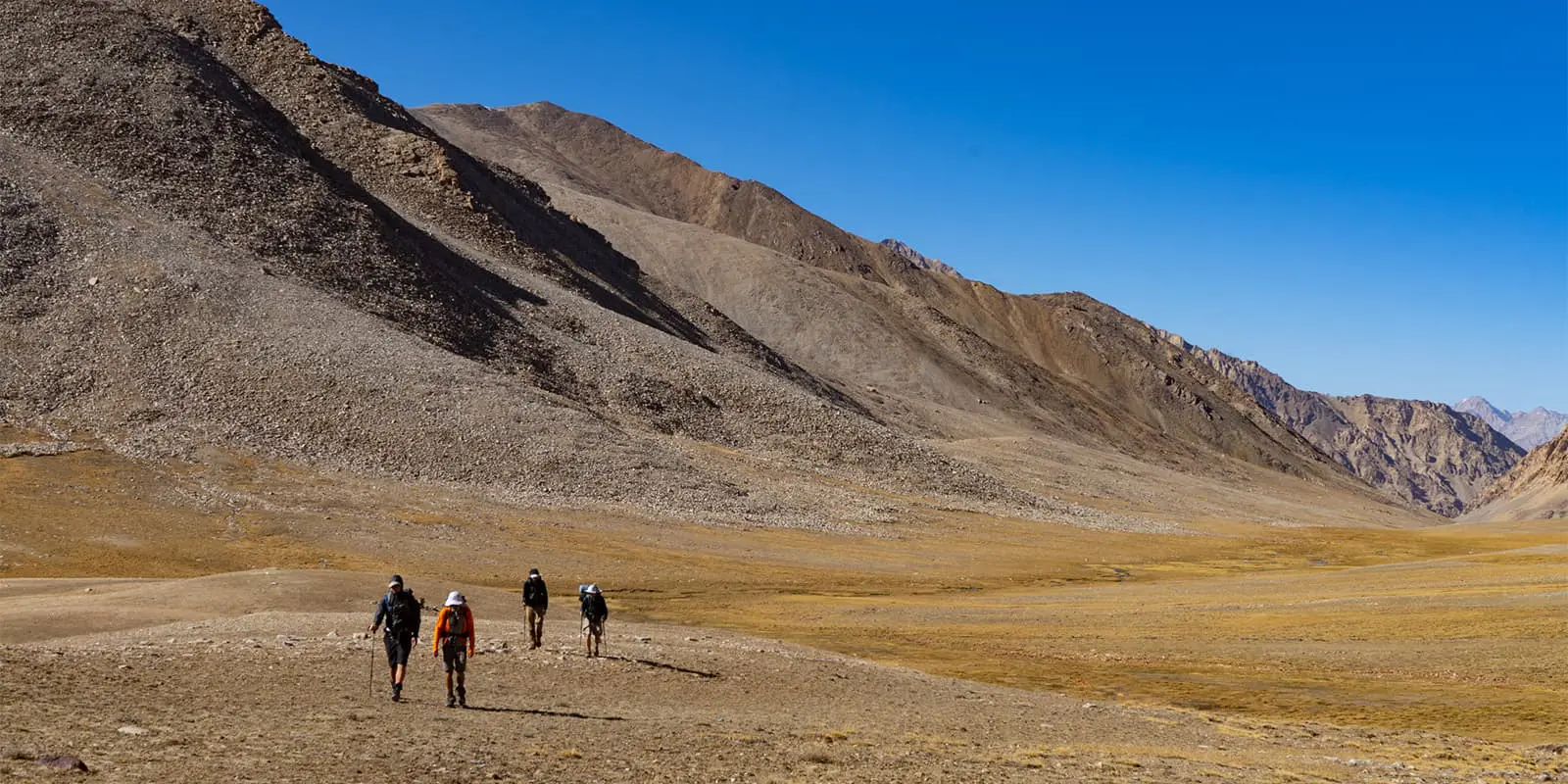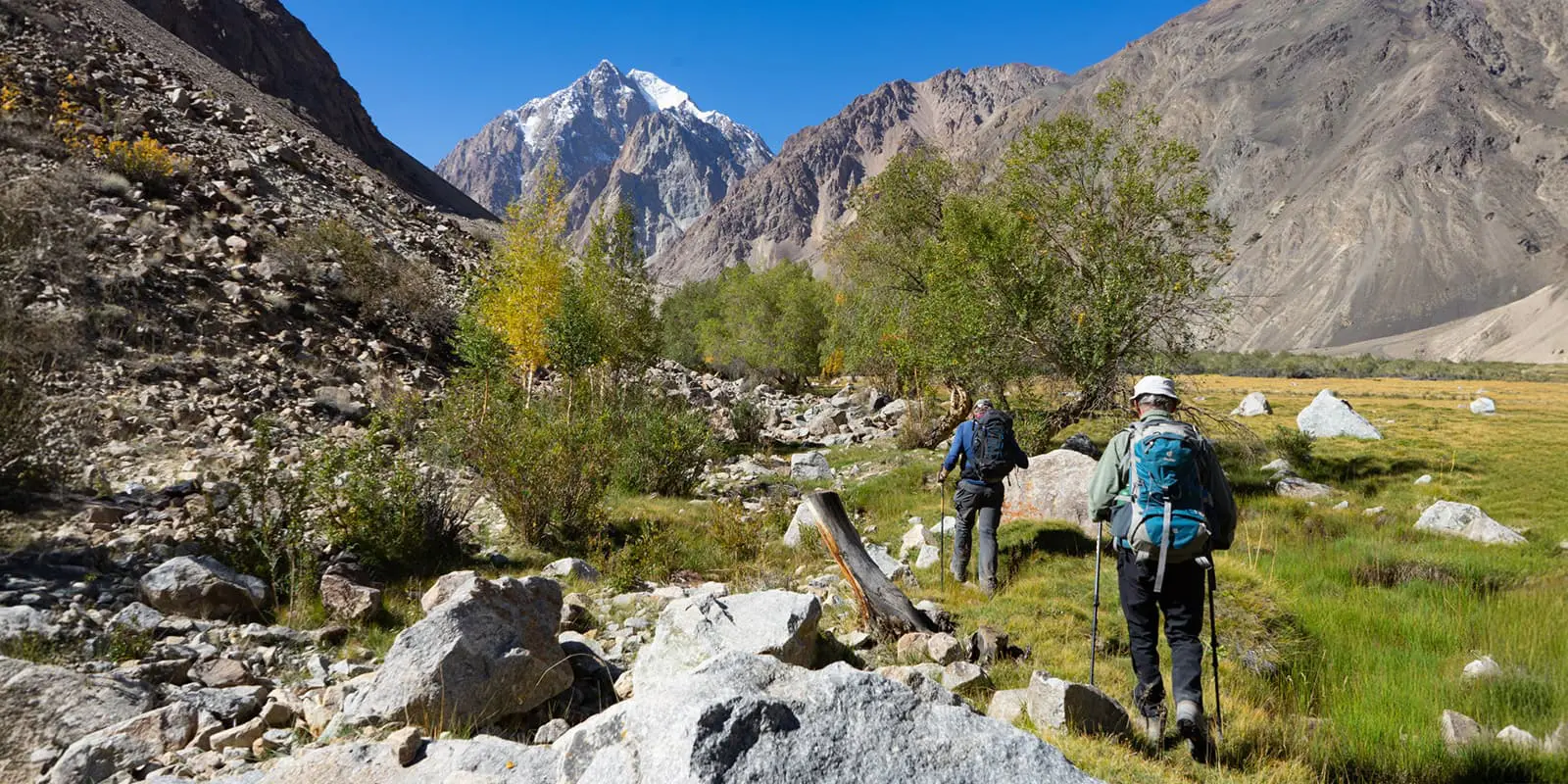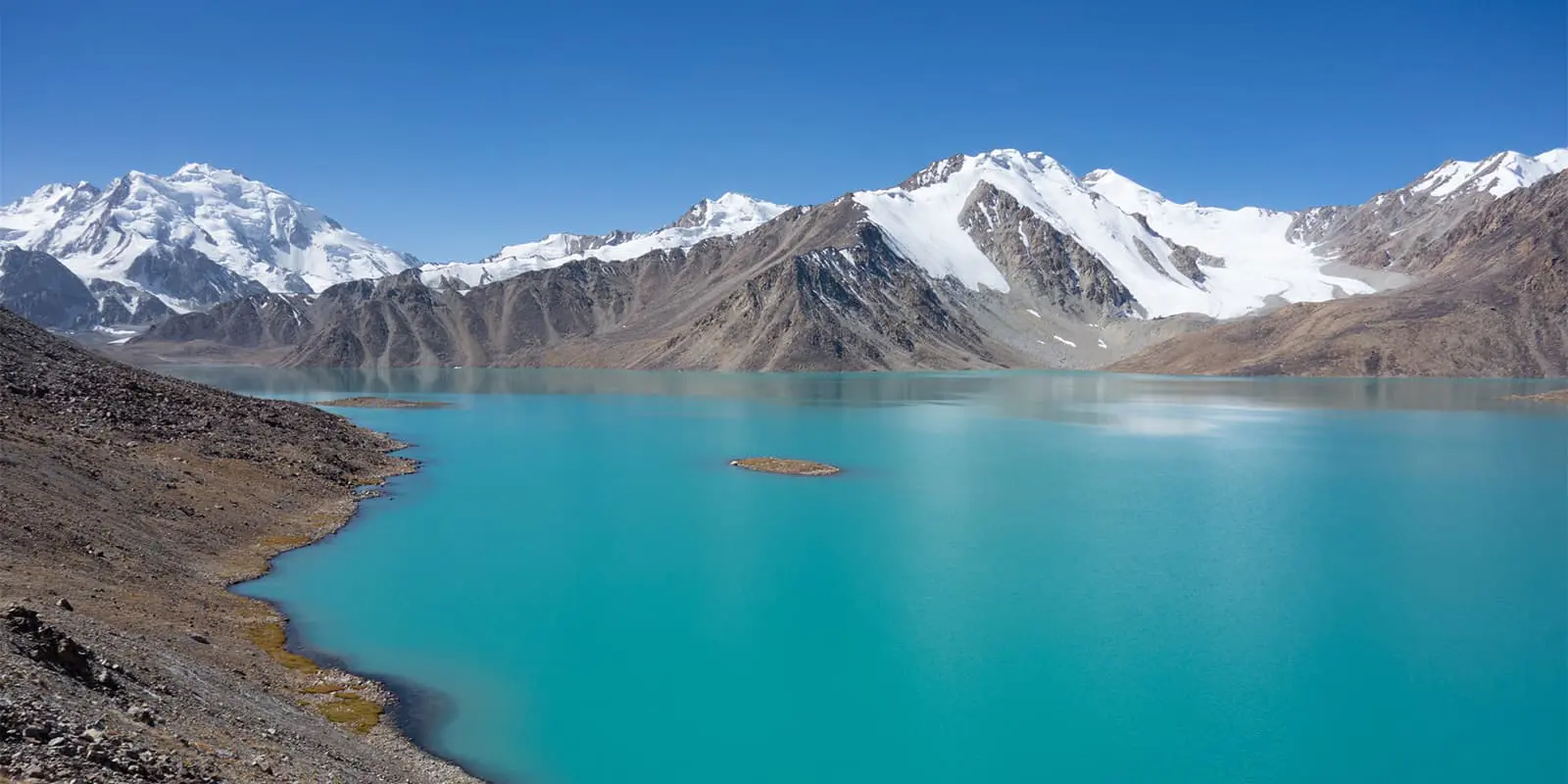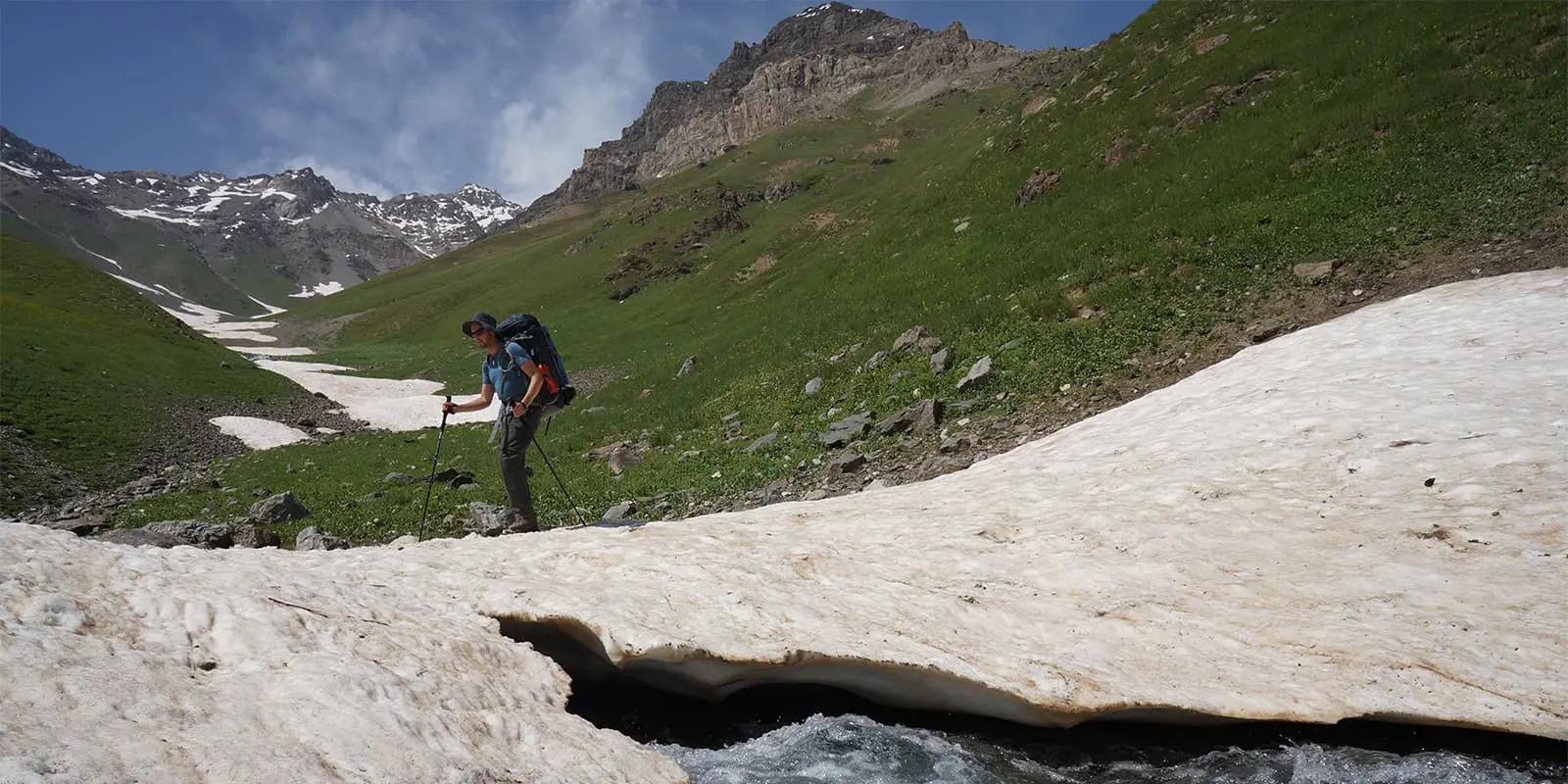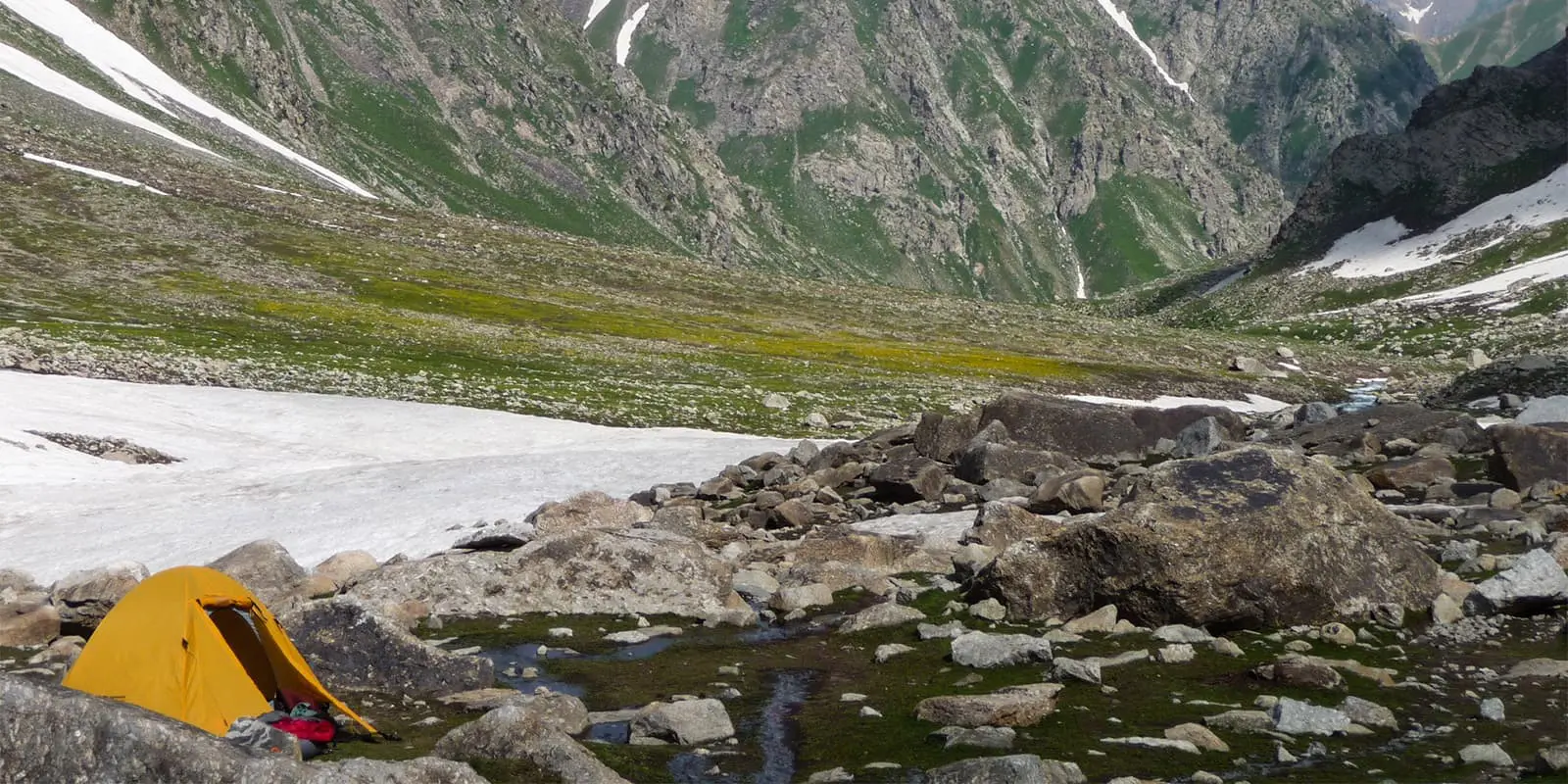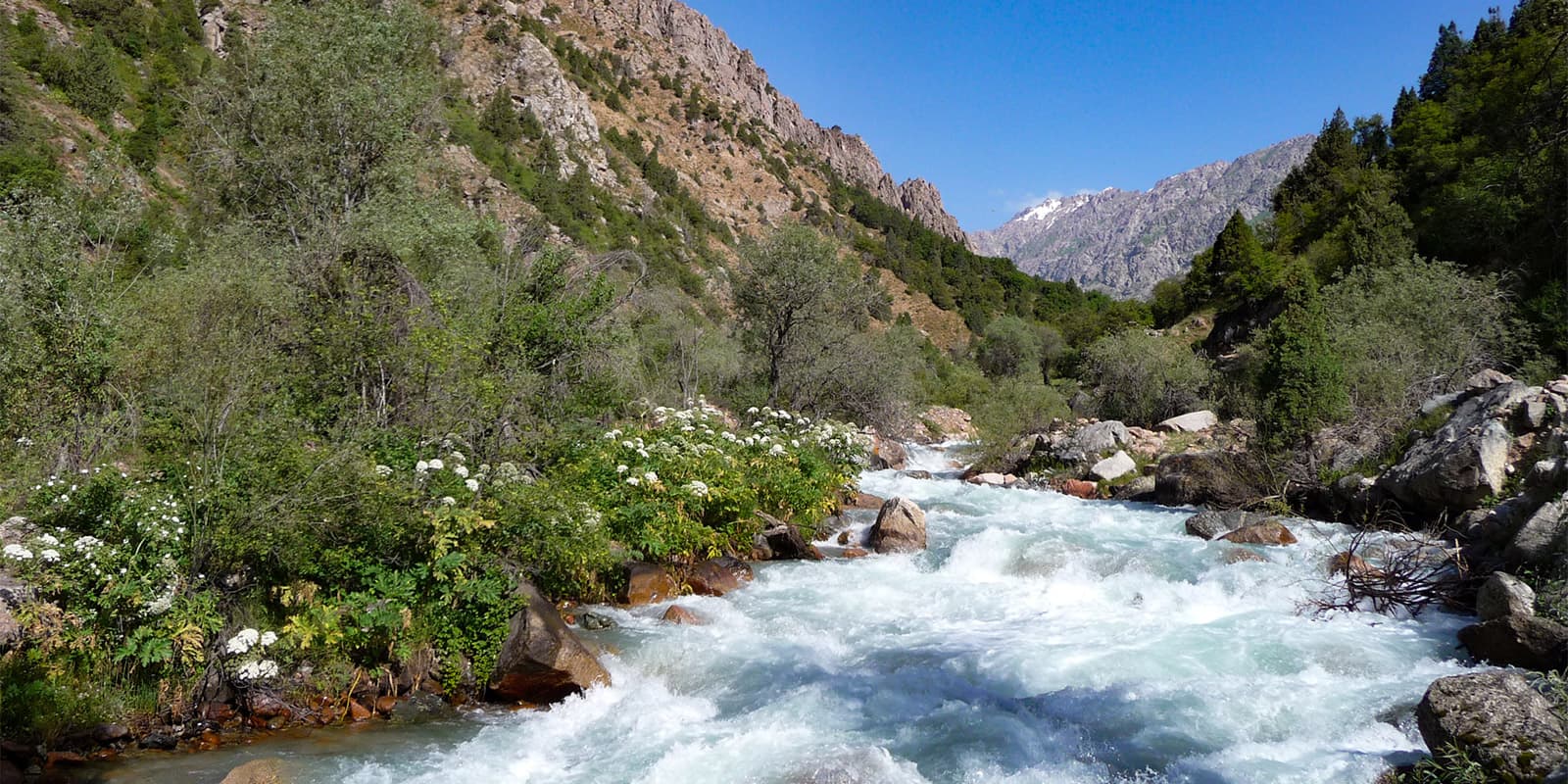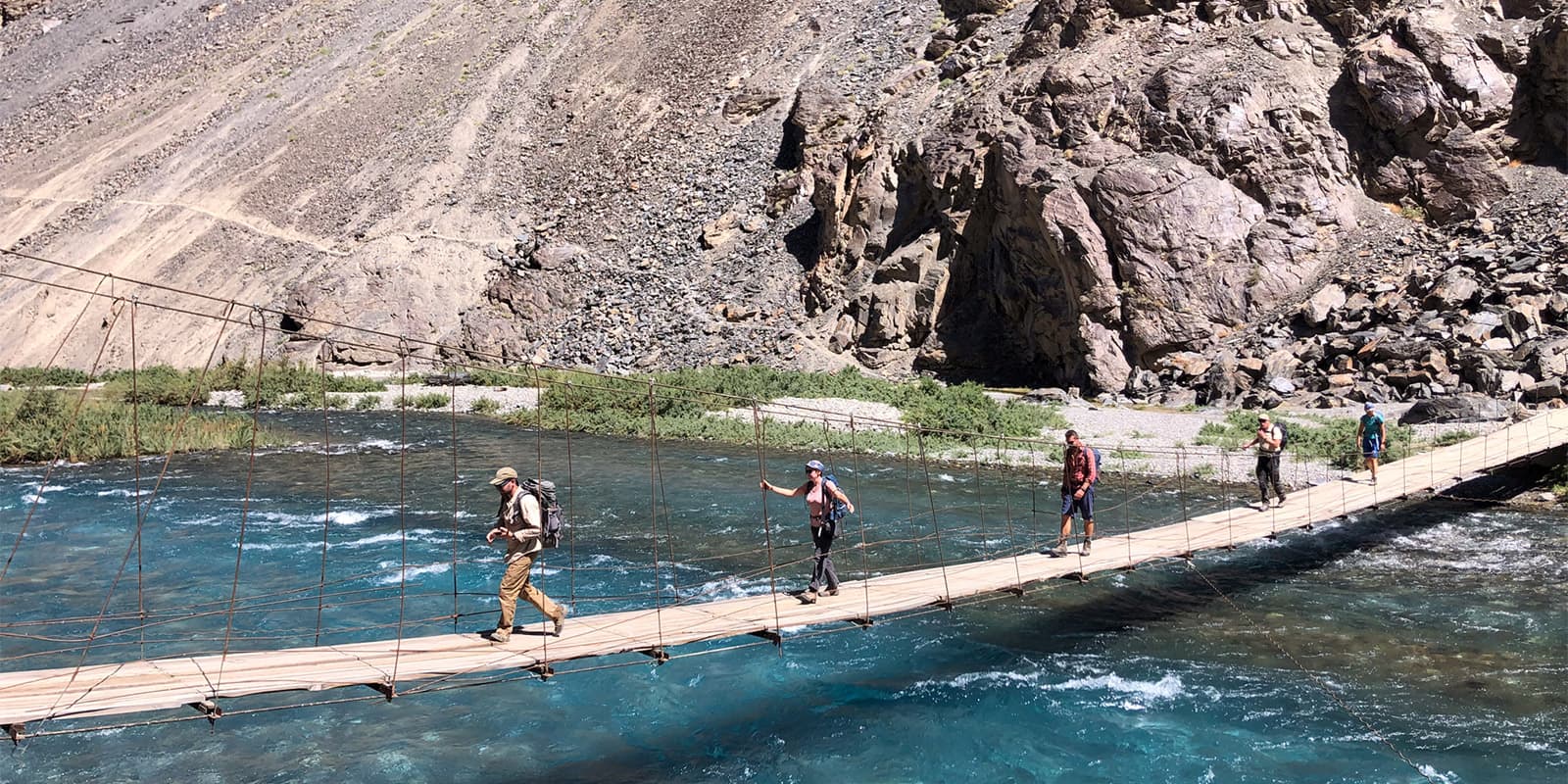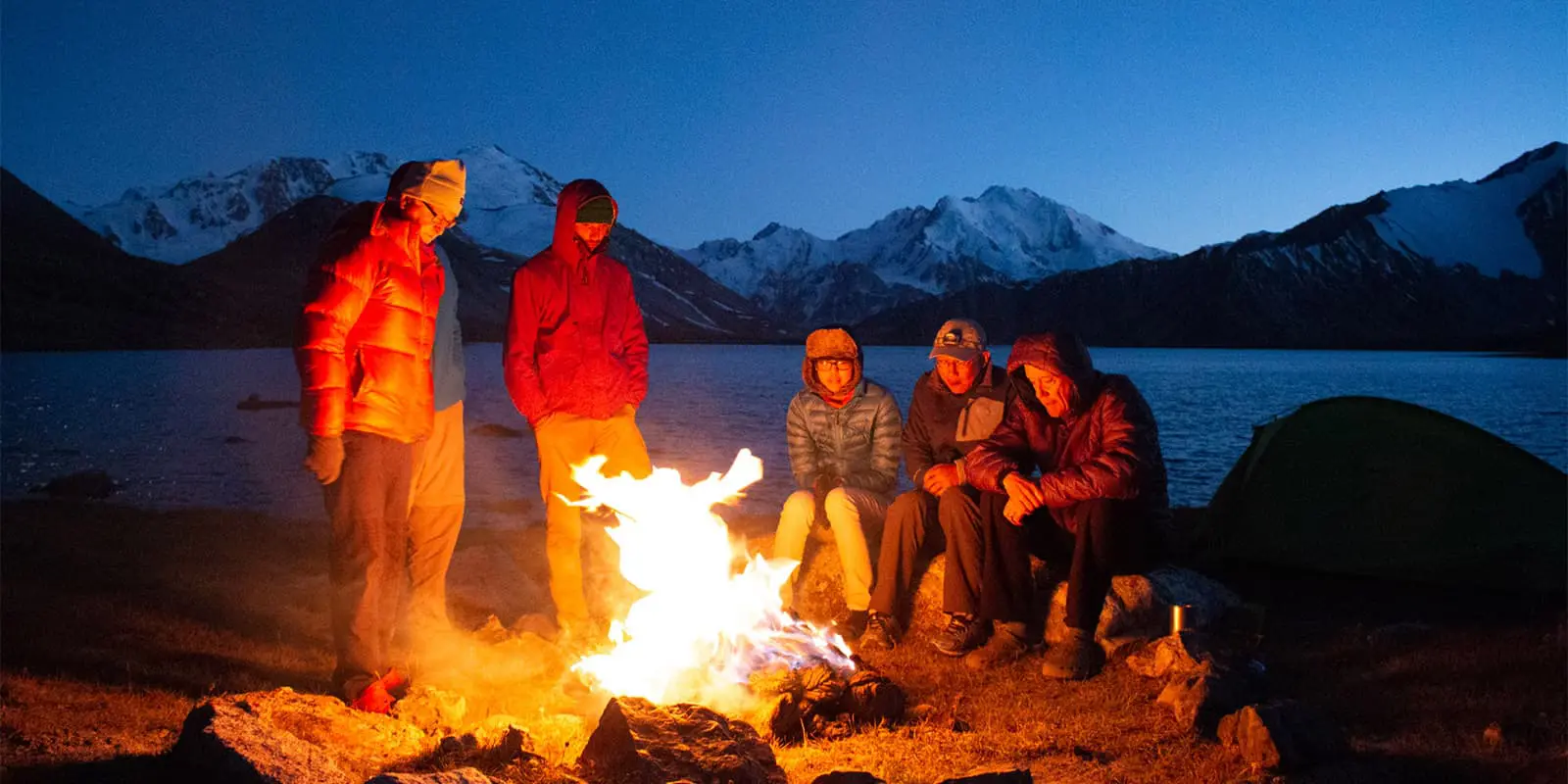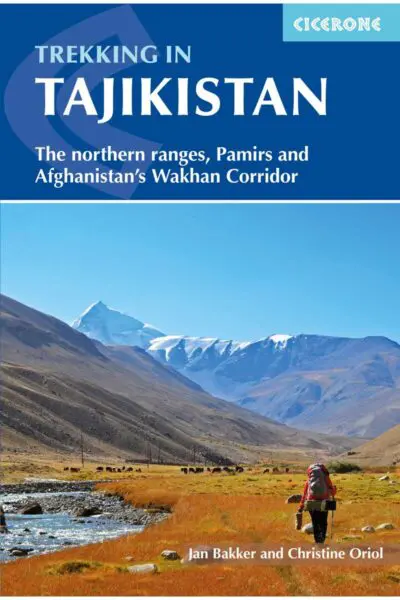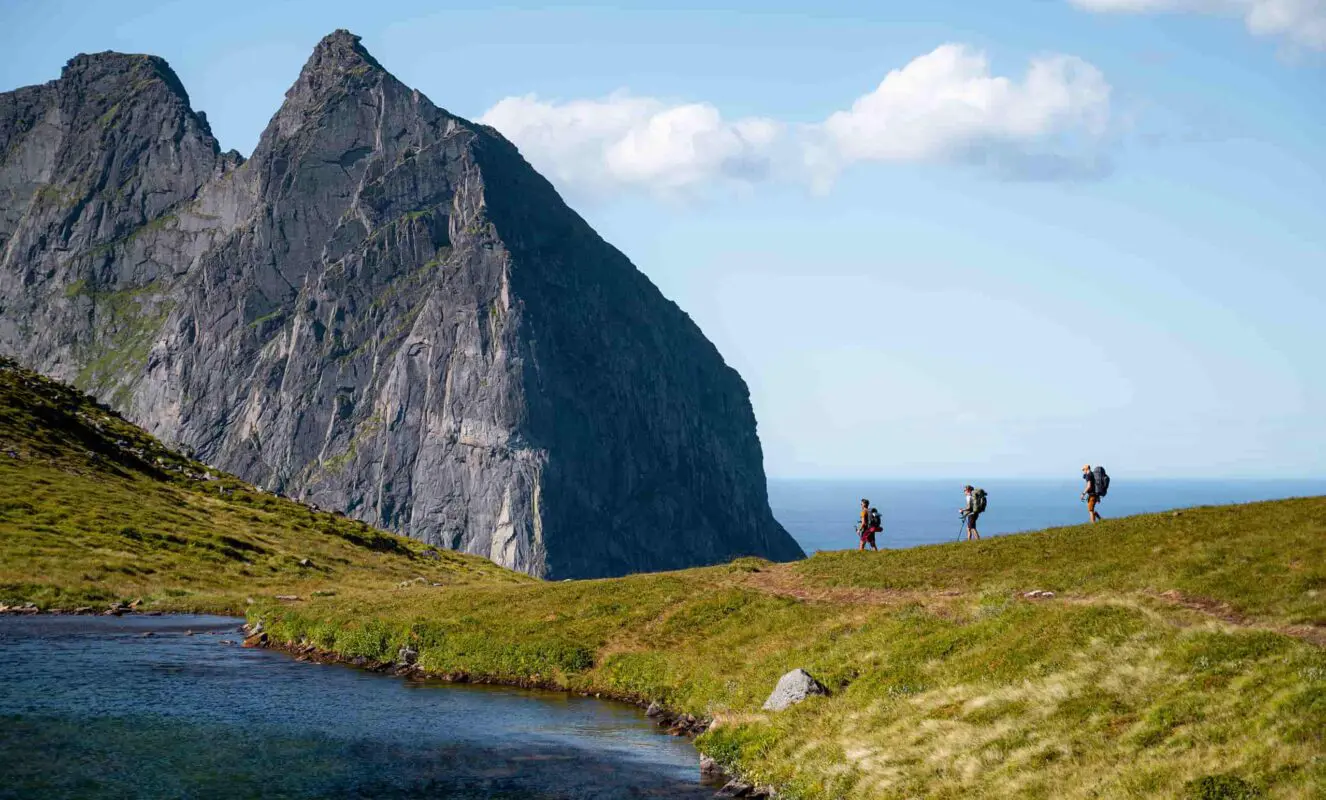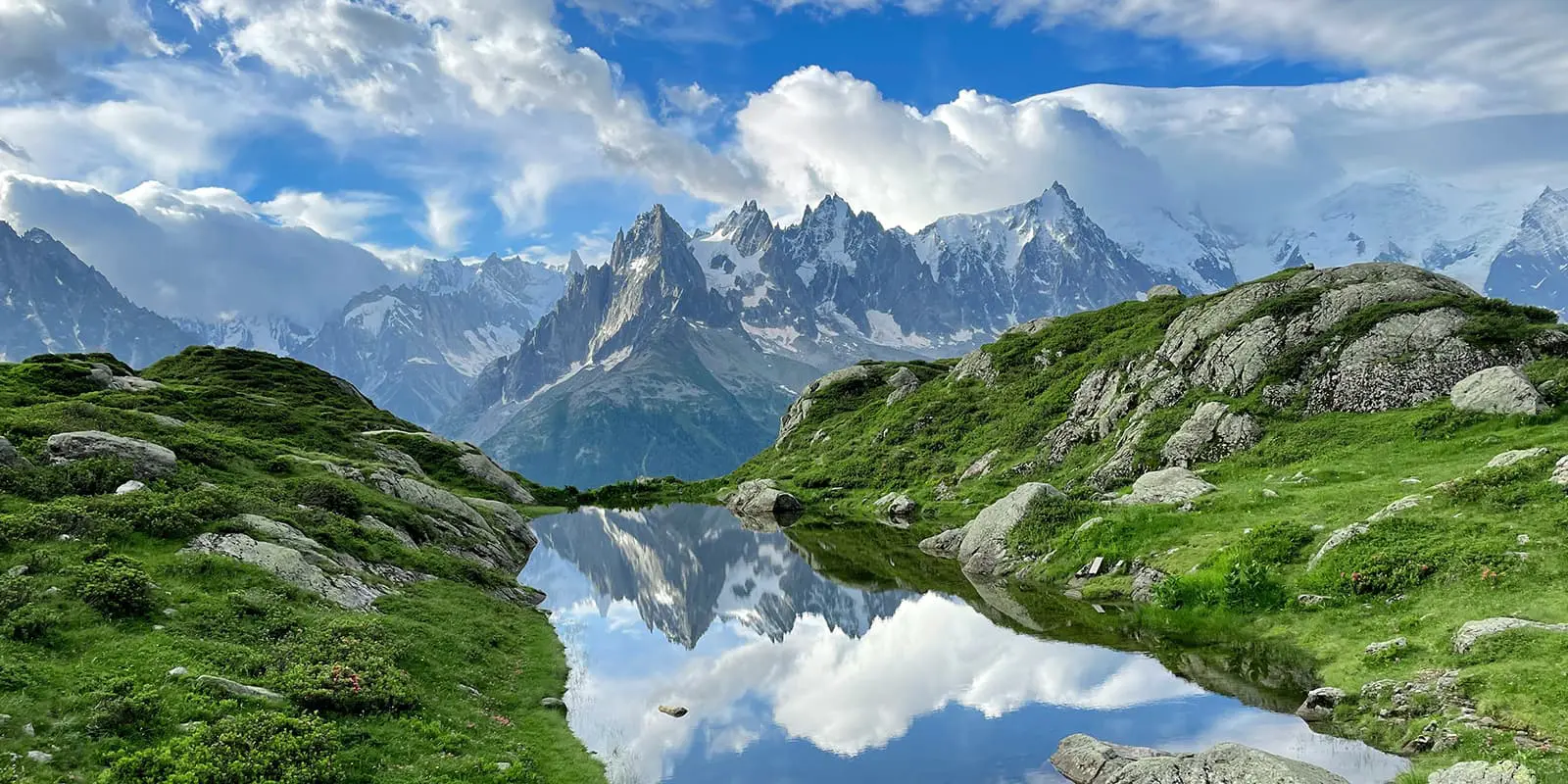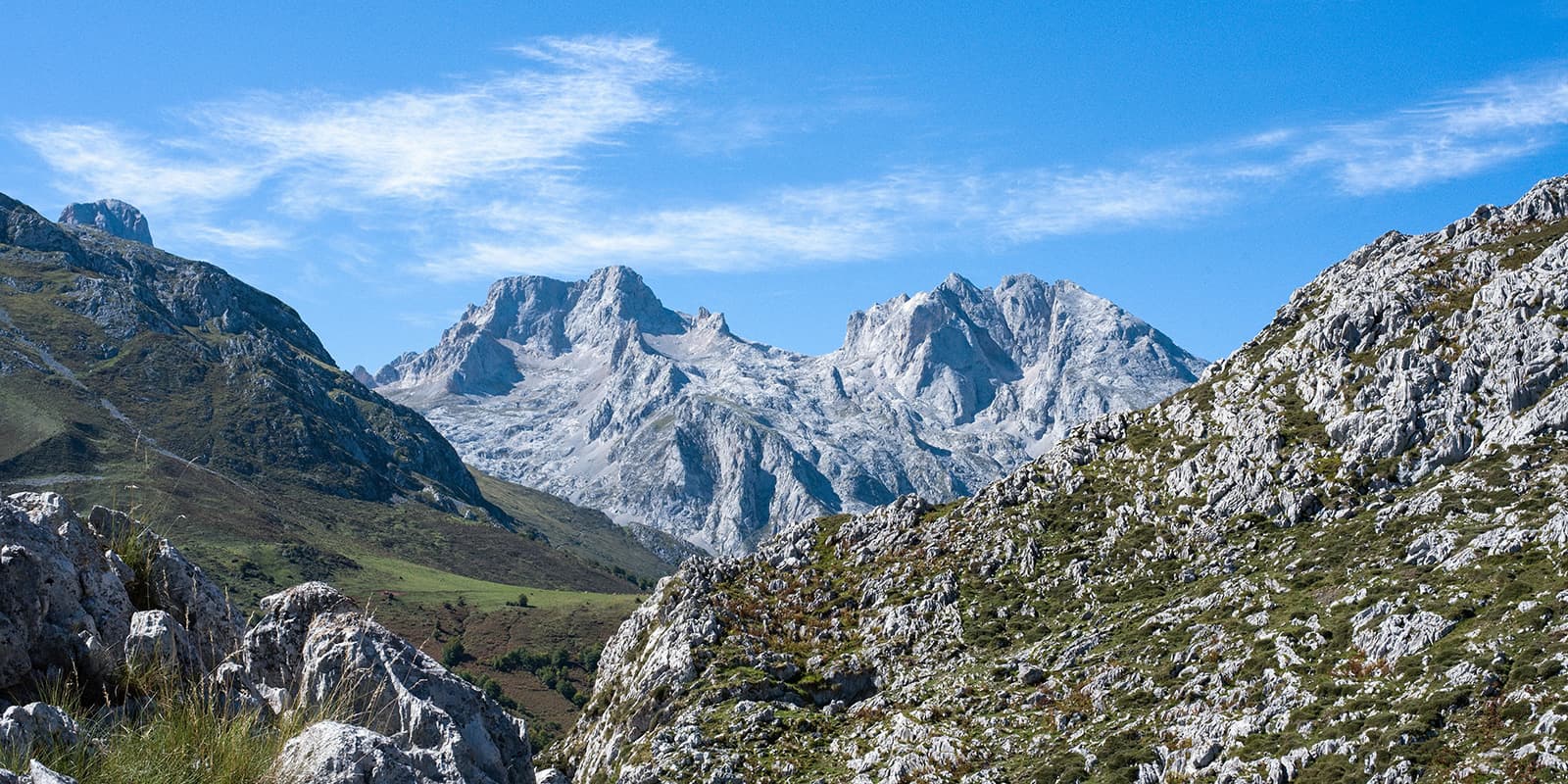The Pamir Trail is brand-new, unmarked, and ungroomed. This means that you need to be able to make your own educated judgments on safety on the trail. The ability to navigate is an essential skill as well as the ability to do dynamic risk analyses. Unless you hire a guide to accompany you, you have to be self-reliant. Below are the main safety factors to keep in mind.
Search and Rescue
Let’s start by mentioning Search and Rescue is a challenge in Tajikistan by all means. There is no mountain rescue like in the Alps or the Scottish Highlands. However, there have been training efforts to enhance rescue response time and facilities. Still, you’re likely to sit things out for some time, depending on where you need to be rescued. There have been successful rescue efforts recently in the High Pamirs.
Terrain
The first and main safety factor is terrain. The Tajik mountains are wild and dynamic. Each year, numerous landslides come down, mainly in late spring and early summer. There’s a small chance of getting hit by one, so it’s important to keep this in mind when pitching your tent or passing a steep slope. Landslides usually sweep away trails, creating difficult terrain to walk on. Avalanches create snow bridges in some places. These snow bridges are usually safe to cross in the early season (June and early July) but they get increasingly thinner as the summer progresses. At some point, it’s likely to collapse. If you doubt if it can hold you, don’t do it. You may get trapped underneath the snow mass and/or swept away by the river. Mud or debris flows are another terrain hazard that occurs in Tajikistan. When temperatures rise quickly, the accelerated snowmelt can cause the saturated soil to slide, taking everything that comes in its path.
Crossing glaciers
There are 8 glaciers to cross on the Pamir Trail. In trekking season these glaciers are usually dry, which means you can see the crevasses and walk around it without being roped up. Besides this, the glaciers are not that steep and most have very manageable crevasses. However, snowfall occasionally occurs in the summer and could cover the glaciers, making crevasses invisible. If this is the case, you should not cross the particular glacier, unless you rope up and know how to get out of a crevasse.
Weather
Just like on any other high-altitude mountain range, the weather in the Tajik mountains can be very changeable. July and August are the hottest months, and it gets particularly hot in the lower valleys (below 2,500m/8,200 ft). Make sure you cover your head, use sunscreen, and drink plenty of water. Starting early is a good way to beat the heat. Normally, the temperatures are a bit cooler in the Pamirs. Especially in this region, unexpected snowfall can happen in high summer above 3,500m/11,480 ft. Proper blizzards are unheard of in the Tajik summer.
Landmines
There is a small area along the Pamir Trail with landmines. This area, found on stage 46, is marked. Stay on the trail.
Political violence and terrorism
In some regions such as Rasht and Badakhshan, there is a big resentment against the Tajik central government. Without getting into the specifics of Tajik politics, it is good to keep in mind that violent uprisings occur once in a while. These are rarely directed at foreigners. Before you set out, check the latest security situation on for example the FCO website with travel advice. And always follow up on local advice, even if this means you can’t continue your hike. Terrorism in Tajikistan is rare, but it is a threat, just like in most places in other parts of the world.
Essential equipment and tools
Equipment is always personal, and some trekkers are more geeky than others about what to put in your rucksack. Essential clothing includes long trousers, a breathable rain jacket, long thermal underwear, and an insulated jacket. Headwear should include a wooly hat, brimmed cap, and Buff. Boots or trail runner? The Pamir Trail is doable on trail runners, but some bits are a bit too rough. However, an experienced thru-hiker can probably get away with it. Take light gloves for brisk mornings, a pair of category 3 sunglasses, and a water filter. Finally, bring crampons or micro-spikes for some sections. For the confident trekker, those, in combination with walking poles, should be sufficient to cross the glaciers. Micro-spikes are very useful on the steep, hard-mud river banks.
Bring a smartphone with a Tajik SIM card to use for navigation. OSM-based apps, such as Mapy.cz (my favorite), Outdoor Active, and the like, are very reliable and the OSM contributors have helped shape the PT. Bring a power bank and/or solar charger as there are not many charging points along the route.
For the complete equipment list, check the Pamir Trail website. Always take travel insurance that covers high-altitude trekking and search and rescue.


